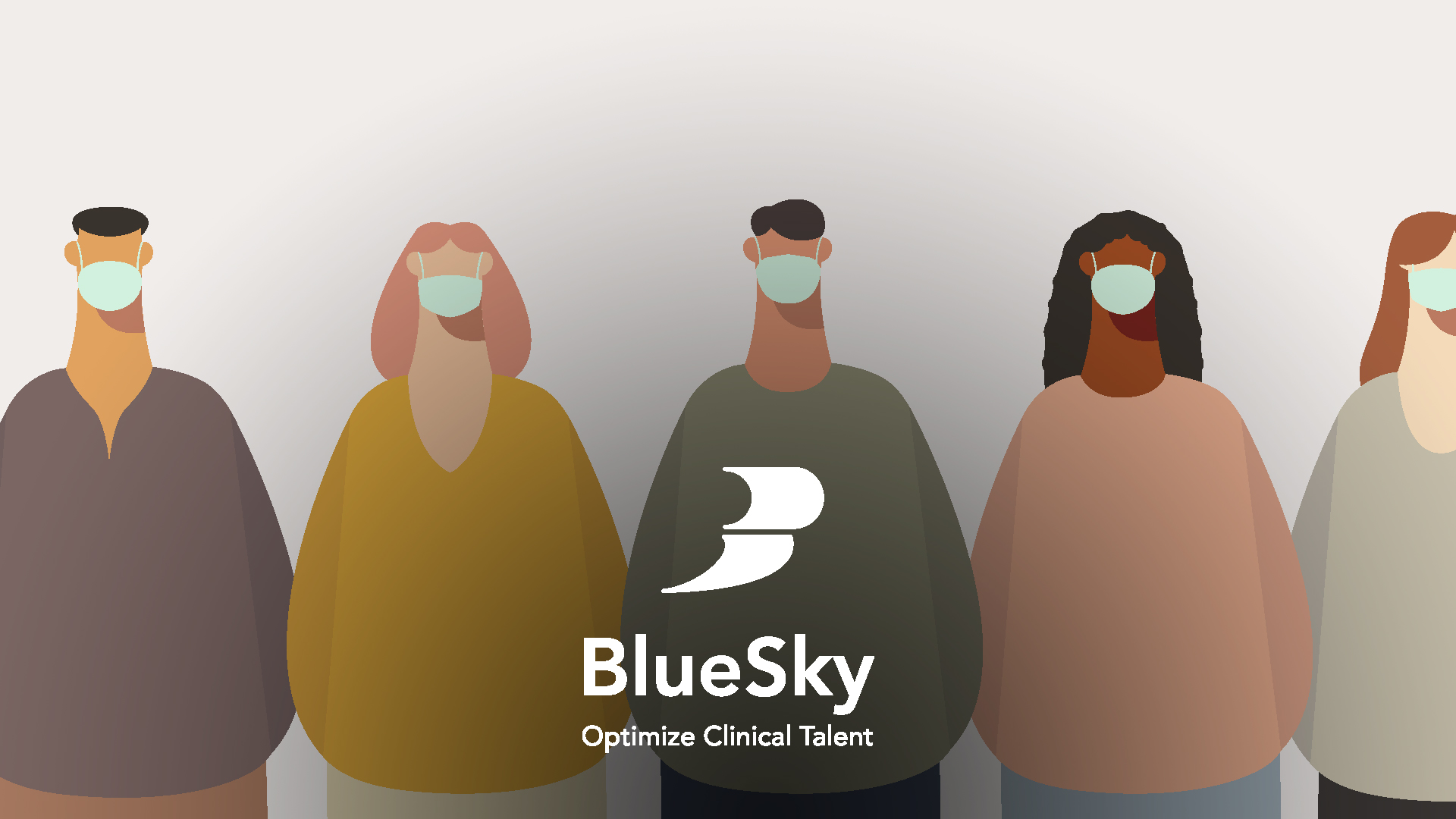What’s the current status of nurse staffing?
IT’S A CENSUS YEAR FOR THE US. As hospitals stretch to meet the growing demand for census requirements, it is instructive to take a long-term view of the impact on the healthcare-staffing segment of the industry. History is usually helpful in predictive analysis. An example of this is the historic modeling techniques that trading systems utilize to predict what commodities are going to do in the future. Everything from what the temperature and humidity were on a particular day 30 years ago is utilized in those complicated algorithms. With a historic modeling technique, we can see just why today’s nurse staffing industry is NOT like the “Great Recession.”
The most recent disruption in the markets occurred in 2007-2009, coined the “great recession”. The primary reason for the recession was the failure of the subprime home mortgages across the country. This led to unemployment rates reaching 10% (compare to 14.7% unemployment in April 2020) as companies laid-off workers across most industries. By 2010, Medical Staffing Network, one of the largest healthcare staffing agencies had filed for Chapter 11 bankruptcy. The company was sold to its first-lien lenders.
During that same time period, the national economy lost 7,257,090 jobs while the nursing profession added 186,680 jobs. How can a healthcare staffing firm be pushed to bankruptcy when the very market they are serving is growing?
It would seem to follow that despite employee layoffs and economic turmoil, the delivery of healthcare could not be affected so easily. This indicates that the staffing agency is not an imperative piece of the actual provision of healthcare. What else contributes to the conclusion that healthcare staffing agencies are not as critical for the healthcare industry as a whole?
Three factors in play nearly wiped out the healthcare staffing industry in 2007-2010.
- Before the collapse, the markets had been so strong many two wage-earning households had gone back to only one breadwinner. This included many healthcare professionals that chose to stay at home. When the spouses of those healthcare workers became unemployed, these healthcare workers flocked back to take full-time positions in that industry, helping to fill the vacancy rates.
- Due to widespread unemployment, insurance benefits were lost for many families. Many elective surgeries, or in some cases more serious health issues were delayed due to the lack of insurance coverage, slowing the census growth in hospitals.
- As hospital census was remaining steady, hospitals embarked on the opportunity to find ways to cut contract labor, benefitting from the new hires that had come back into the market.
This brings us to the current healthcare staffing market that has exploded, due to the COVID-19 virus propagation across the country.
There will be three factors that could change the healthcare staffing industry forever, now.
Two of these will be far-reaching and positive for the industry, but one could re-create the crisis for staffing firms from the 2007 to 2010 period.
- Census in hospitals must continue to rise dramatically, Beyond the novel Corona Virus, there are currently 10,000 baby boomers turning 65 every day. As the results of the Corona Virus slow down, healthcare facilities will be facing a much larger population of baby boomers than before the outbreak. This will begin a “new normal” that hospitals will have to prepare for.
- As the Millennial population has entered the workforce, a different dynamic is appearing across the country. Unlike their predecessors, this population does not consider going to work in a hospital and stay in the same facility for the duration of their career. They like change and choice, and more and more are choosing to leave the permanent hospital setting to venture into new locations and new environments; a boon to the staffing industry, a challenge for in-house hospital recruiters.
- The third variable that could play havoc in the market would be State and/or Federal intervention. At this juncture, there are many elevated rates that agencies are charging for the limited quantity of healthcare workers. Currently, approximately 58% of the revenue received by hospitals is in the form of reimbursements from Medicare and Medicaid. If unemployment rises significantly while census moves up, hospitals will be faced with declining commercial insurance payments while relying more on State and Federal reimbursements. If the government has to step in to help hospitals remain functioning, one of their first areas of interest will be paring of expenses. Since over half of a hospital’s expense is human resources, that cost will be put under a microscope. As governmental intervention continues at an unprecedented rate, there is already precedence for Federally mandated wage and price controls. Although this has not happened since 1970, prices and wages were locked for 3 months during the Nixon administration to help combat inflation. Hopefully, this will not happen soon, but if it does, it could wipe out some debt-laden companies that can’t afford freezing or even the possibility of discounting rates.
Original content by Tim Teague, BlueSky Medical Staffing Software, industry expert with over three decades of experience.



